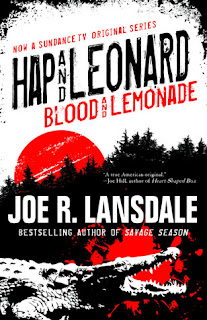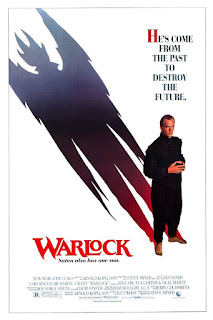From the back cover
"Gun Crazy caused barely a ripple in public consciousness when it hit movie screens in 1950. Yet over time it would prove to be the most innovative and provocative motion picture of its era—a simple genre film, but packed with so much cinematic bravura and timeless symbolism, its power has spanned decades, crossed oceans, and influenced countless filmmakers.
"It's no stretch to declare Gun Crazy one of the essential American films—as well as a cornerstone of the auteur theory that's dominated cinema discourse since the 1960s. Its larger-than-life reputation among cinephiles has mainly been based on the recollections—also larger-than-life—of its director, Joseph H. Lewis, whose intriguing yet surprisingly short career never again reached the level of this bona-fide classic.
"In this thoroughly researched and vividly told tale, Eddie Muller explodes many of the entrenched myths about Gun Crazy—and the auteur theory itself. He subverts the film's legend with the fascinating story of its actual creation, a six-year struggle that involved an array of exceptional collaborators.
"Packed with never-before-seen ephemera —original script pages (some never filmed), production notes, on-set photos—Gun Crazy: The Origin of American Outlaw Cinema is available for sale online exclusively from Black Pool Productions."
Review
Gun is an informative, entertaining and hard-to-set-down read about the story, different personalities and behind-the-scenes events that brought about the realization of the 1950 film Gun Crazy, originally titled Deadly is the Female. This film would influence the tone and structure of later films, perhaps most famously, Bonnie and Clyde (1967). This is an excellent, glossy-paged book with lots of behind-the-scene photos and addictive text, penned by an expert in the noir genre.









